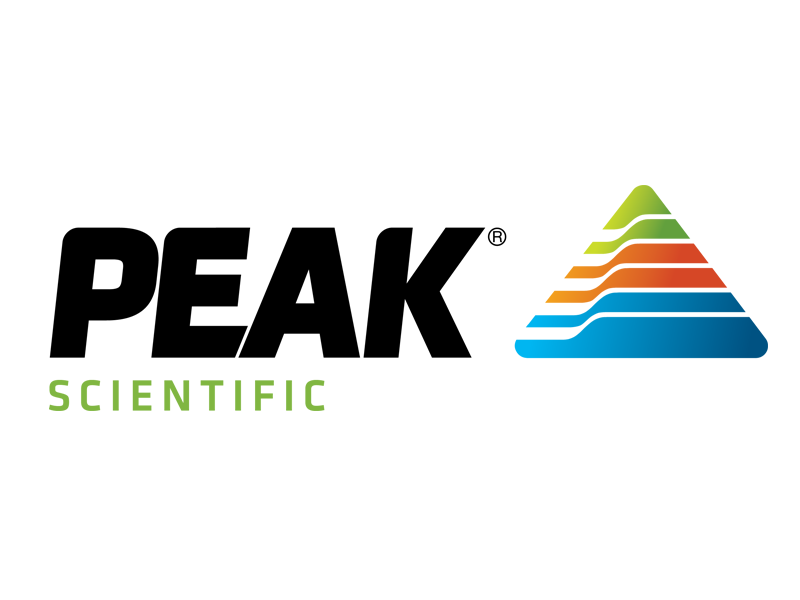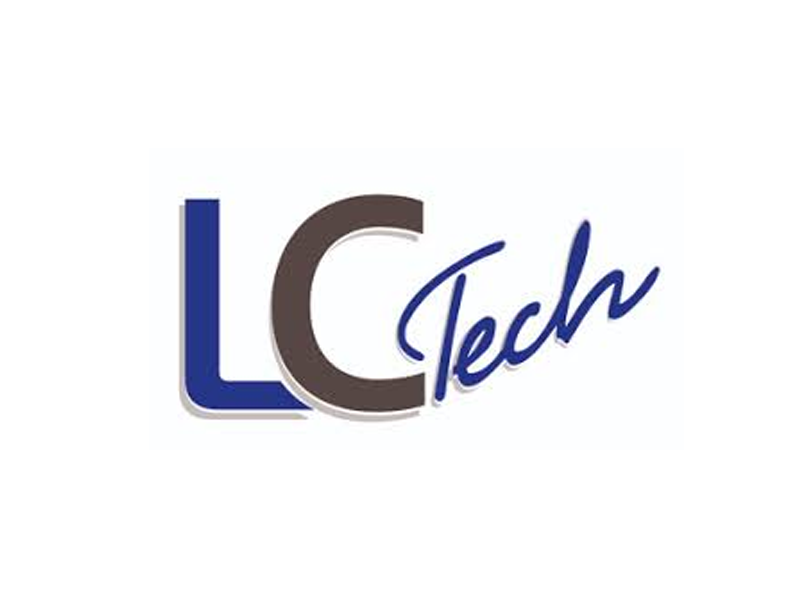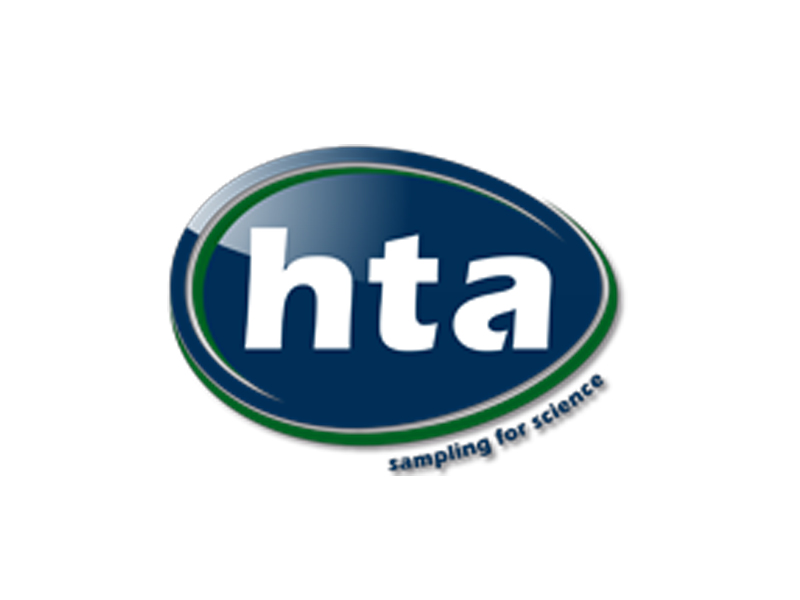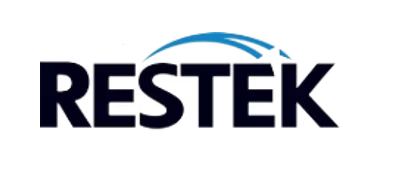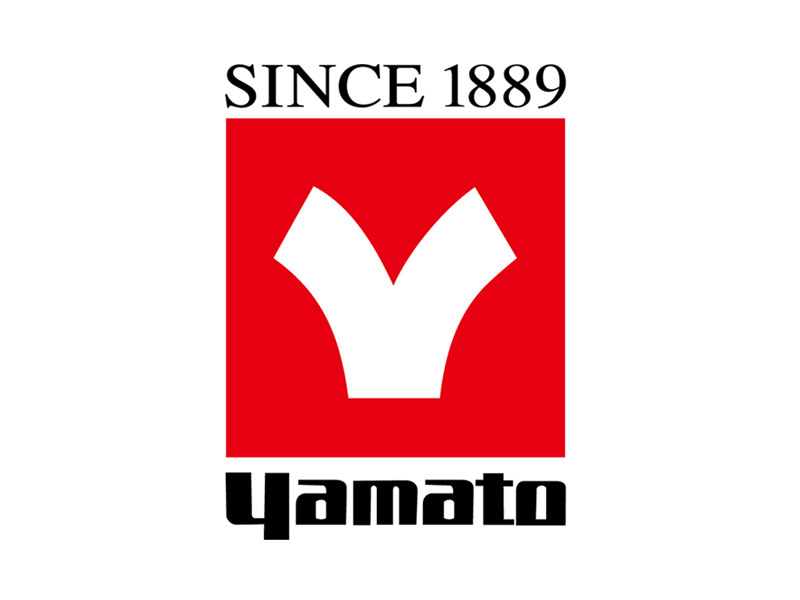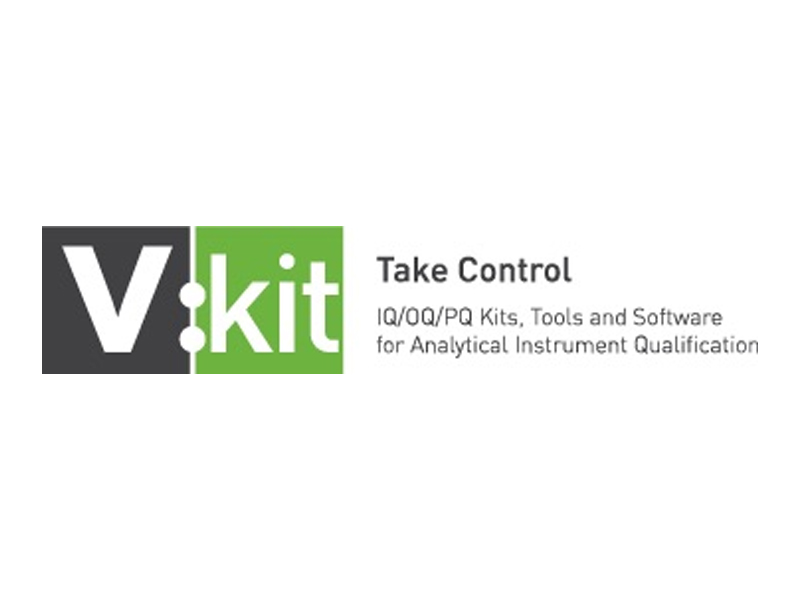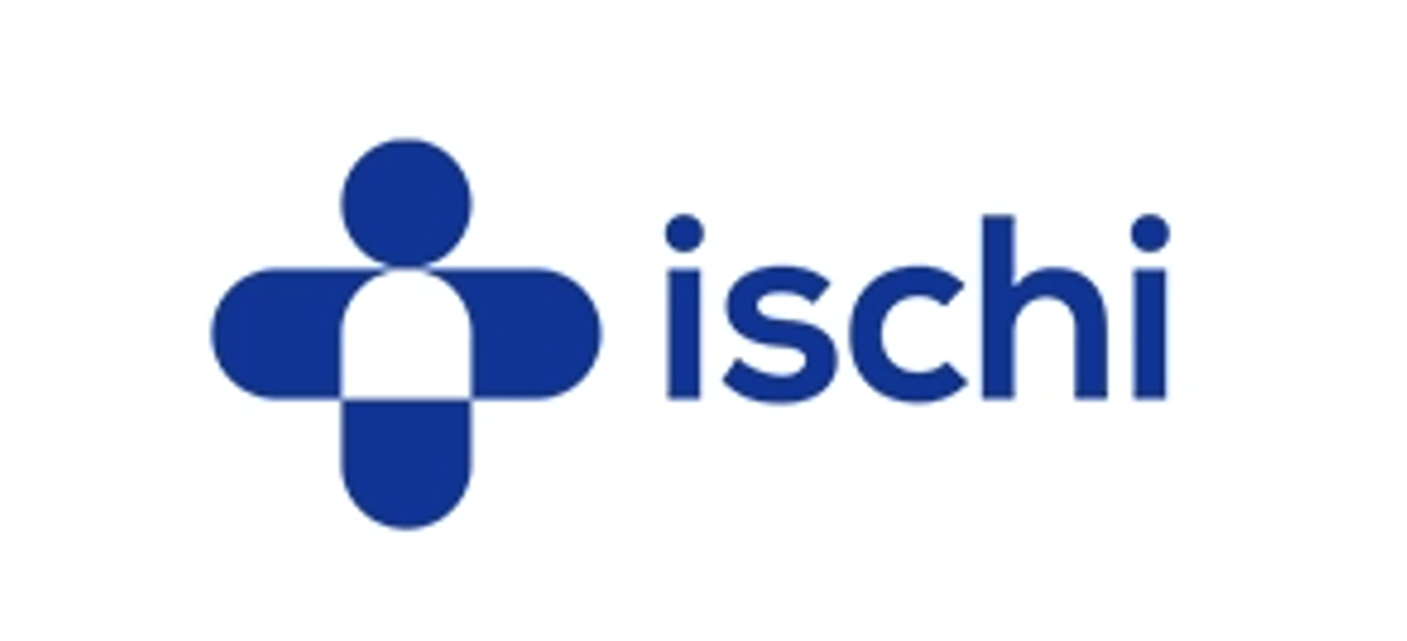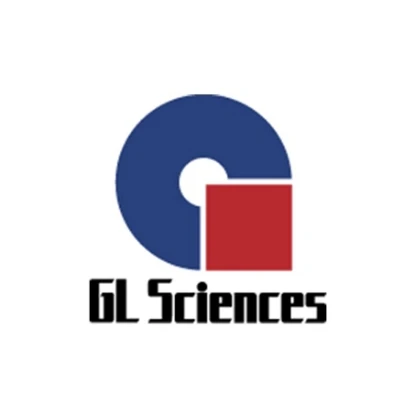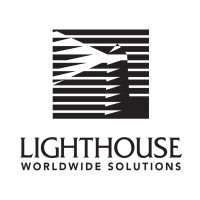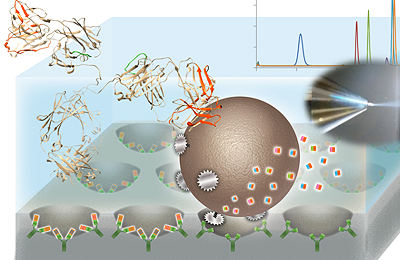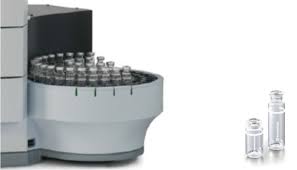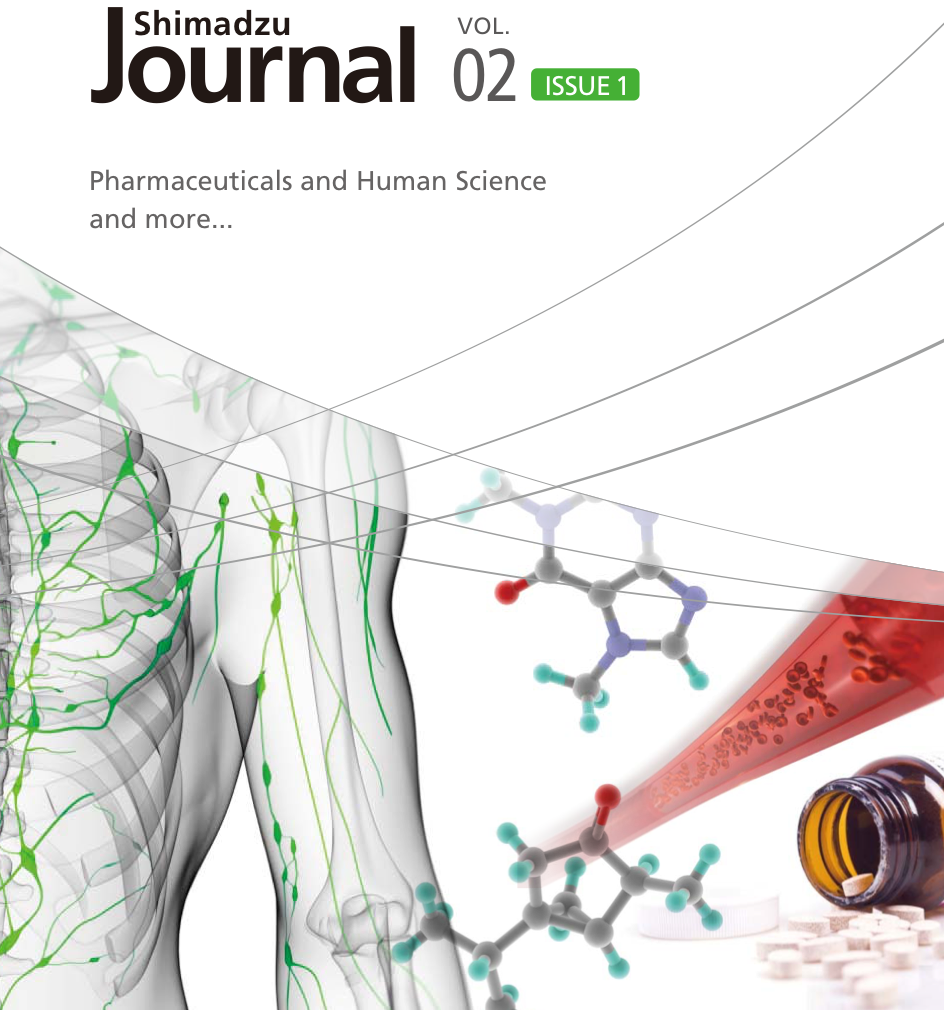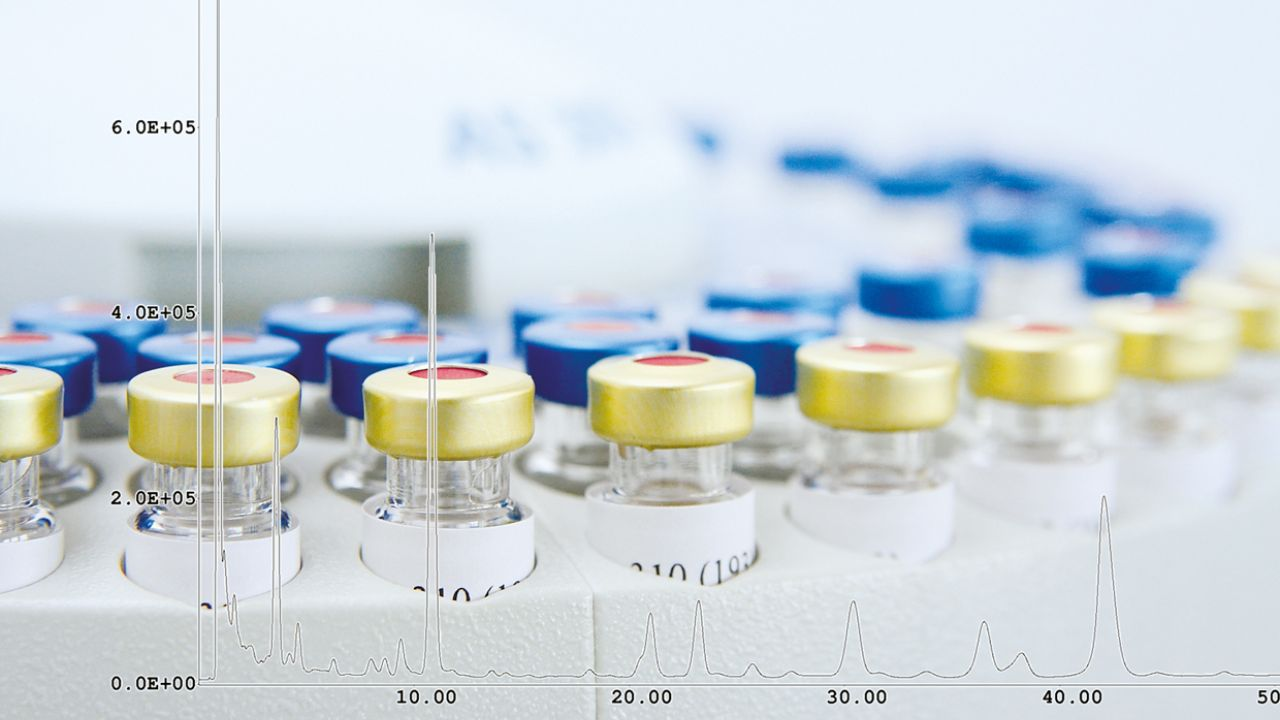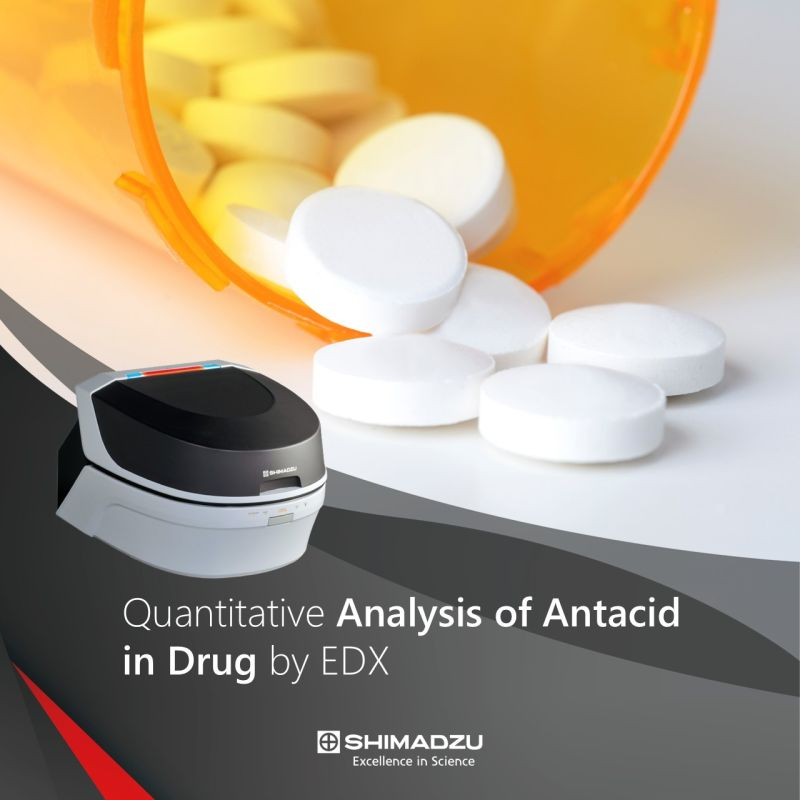For Research Use Only. Not for use in diagnostic procedures.
This publication may contain references to products that are not available in your country. Please contact us to check the availability of these products in your country.
The content of this publication shall not be reproduced, altered or sold for any commercial purpose without the written approval of Shimadzu.
Company names, products/service names and hlogos used in this publication are trademarks and trade names of Shimadzu Corporation, its subsidiaries or its af liates, whether or not they are used with trademark symbol “TM” or “®”.
Third-party trademarks and trade names may be used in this publication to refer to either the entities or their products/services, whether or not they are used with trademark symbol “TM” or “®”.
Shimadzu disclaims any proprietary interest in trademarks and trade names other than its own.
The information contained herein is provided to you “as is” without warranty of any kind including without limitation warranties as to its accuracy or completeness. Shimadzu does not assume any responsibility or liability for any damage, whether direct or indirect, relating to the use of this publication. This publication is based upon the information available to Shimadzu on or before the date of publication, and subject to change without notice.
 Clinical Toxicology
Clinical Toxicology Forensic Medicine
Forensic Medicine Food / Feed
Food / Feed Environment Energy
Environment Energy Pharmaceutical & Life ScienceTomorrow's world
Pharmaceutical & Life ScienceTomorrow's world


